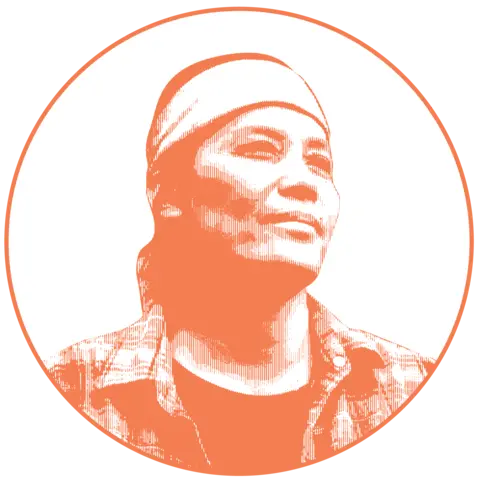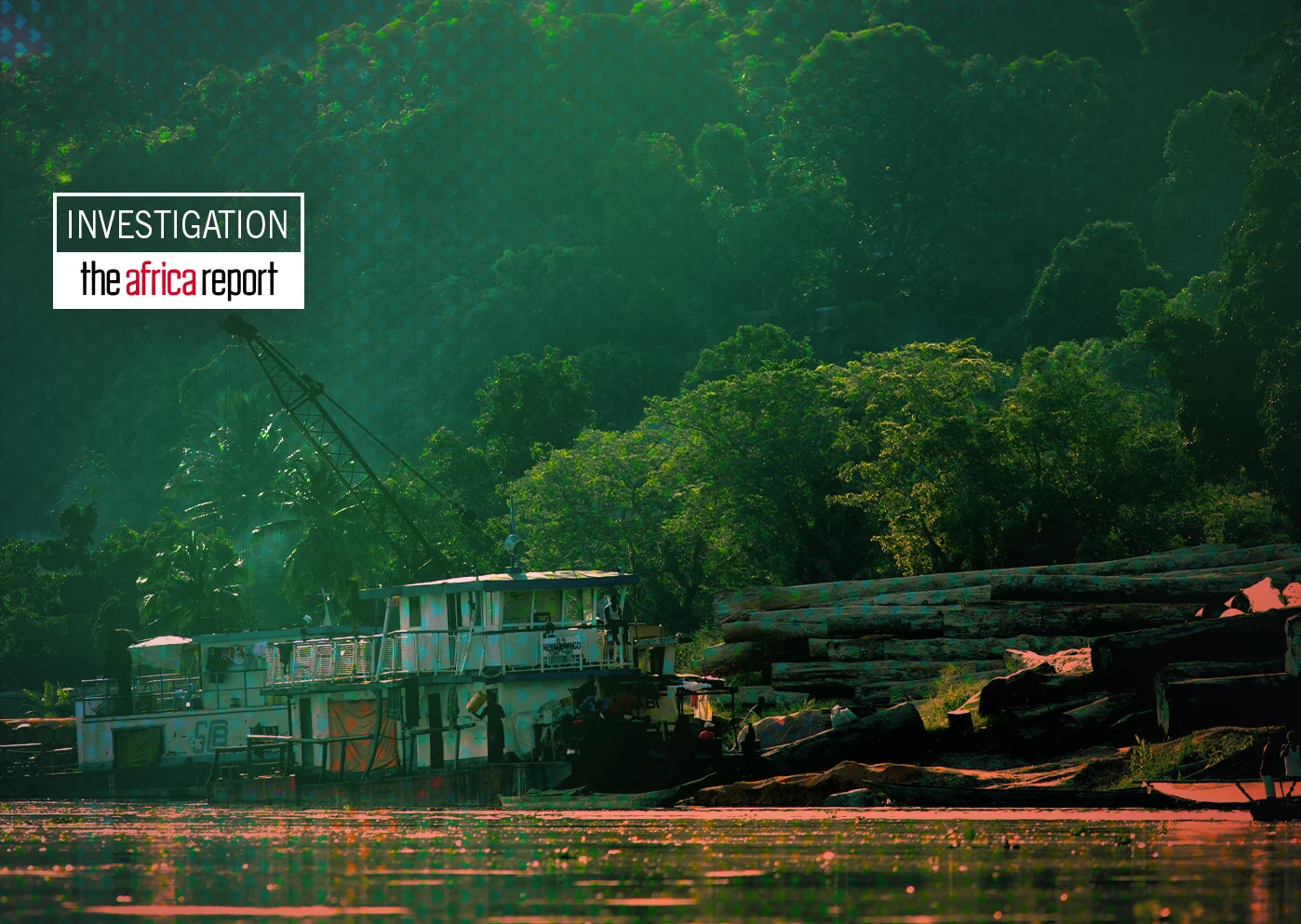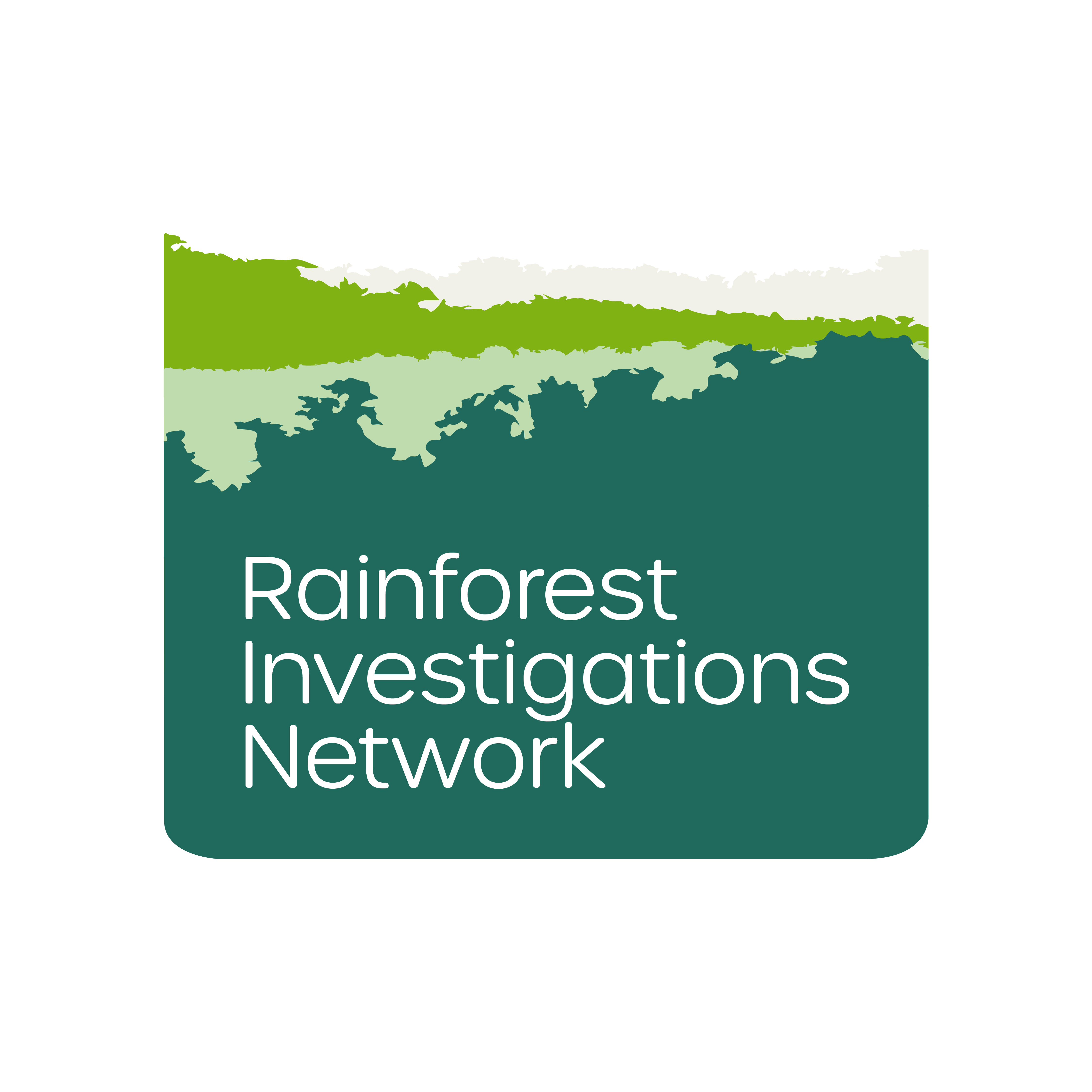
The Africa Report’s exclusive four-part investigation looks into timber trafficking from the Democratic Republic of Congo, in collaboration with the Pulitzer Center's Rainforest Investigations Network.
Criminals in East Africa are exploiting the multiple conflicts in the north-east of the DRC to allow the trafficking of its protected hardwoods.
The key economies in the East African Community — Kenya, Rwanda, Tanzania, and Uganda — are all benefiting from this timber trafficking and flagrantly breaking their environmental pledges. The illicit trade is facilitated by ‘big men’ close to security services and politicians across the region—they ensure the border controls fail.

As a nonprofit journalism organization, we depend on your support to fund journalism covering underreported issues around the world. Donate any amount today to become a Pulitzer Center Champion and receive exclusive benefits!
Corrupt payments by the loggers and truckers to border checkpoints oil the wheels of the trade, where fake certificates of origin are produced for a large fee.
These timber smuggling rackets are wrecking the ecology of the Congo Basin and its contribution to the fight against uncontrolled global warming.
Over 90% of the timber traded through Congo Park had no legal logging permits, according to the Center for International Forestry Research.
Hundreds of millions of dollars of protected African hardwoods have been looted from the Democratic Republic of Congo (DRC) and smuggled into Kenya, Rwanda, Tanzania, and Uganda over the past two decades.
Kenyan business people are the major winners in Congo timber trafficking, taking ten times more contraband timber than neighbouring Uganda.
The Lia link
As dusk falls over the bustling border point of Lia, the exchange of freshly sawn hardwood timber between the DRC and Uganda paints a picture of a thriving, yet shadowy trade.
This bustling activity, underpinning a flourishing business that stretches across East Africa, belies the untold stories of exploitation, environmental degradation, and the perilous journey of Congolese timber.
Despite official protection for species like African mahogany under international conventions, the lack of scrutiny at borders like Lia allows for a seamless flow of this valuable resource, often at a great cost to the environment and local communities.
This investigation — grounded in interviews, satellite imagery, and on-the-ground reporting — explores the lucrative illegal logging supply chain. From Lia, a seemingly innocuous rural community transformed by the timber trade, to the intricate web of buyers and sellers that span several African nations, each story sheds light on the different facets of this complex issue.
This series reveals not just the mechanics of the trade, but the human stories intertwined with the forests of the Congo Basin—stories of hope, despair, and the relentless pursuit of prosperity at any cost.
At the core of this series is a critical examination of the legal and regulatory frameworks—or the lack thereof—that govern the timber trade in this region. With insights from local politicians, timber dealers, and conservation experts, the investigation navigates the murky waters of corruption, weak governance, and the environmental policies that fail to protect some of the world’s most vital ecosystems.
As this series unfolds, it becomes evident that the issue of timber trafficking is not just an environmental concern but a reflection of broader socio-economic challenges that require a concerted, cross-border solution.
COMING UP IN THIS INVESTIGATION:
1) Timber hustling: Lia, a thriving hub for Congolese mahogany trafficked to Uganda, Kenya
2) ‘Big men’, an ugly history and the ruthless Congo Basin timber smuggling business
3) In Kampala, ‘Made in Uganda’ furniture pride obscures ‘open secret’ of illicit Congolese timber
4) Kenya talks big on climate, while illegal timber flows in daily from the DRC











